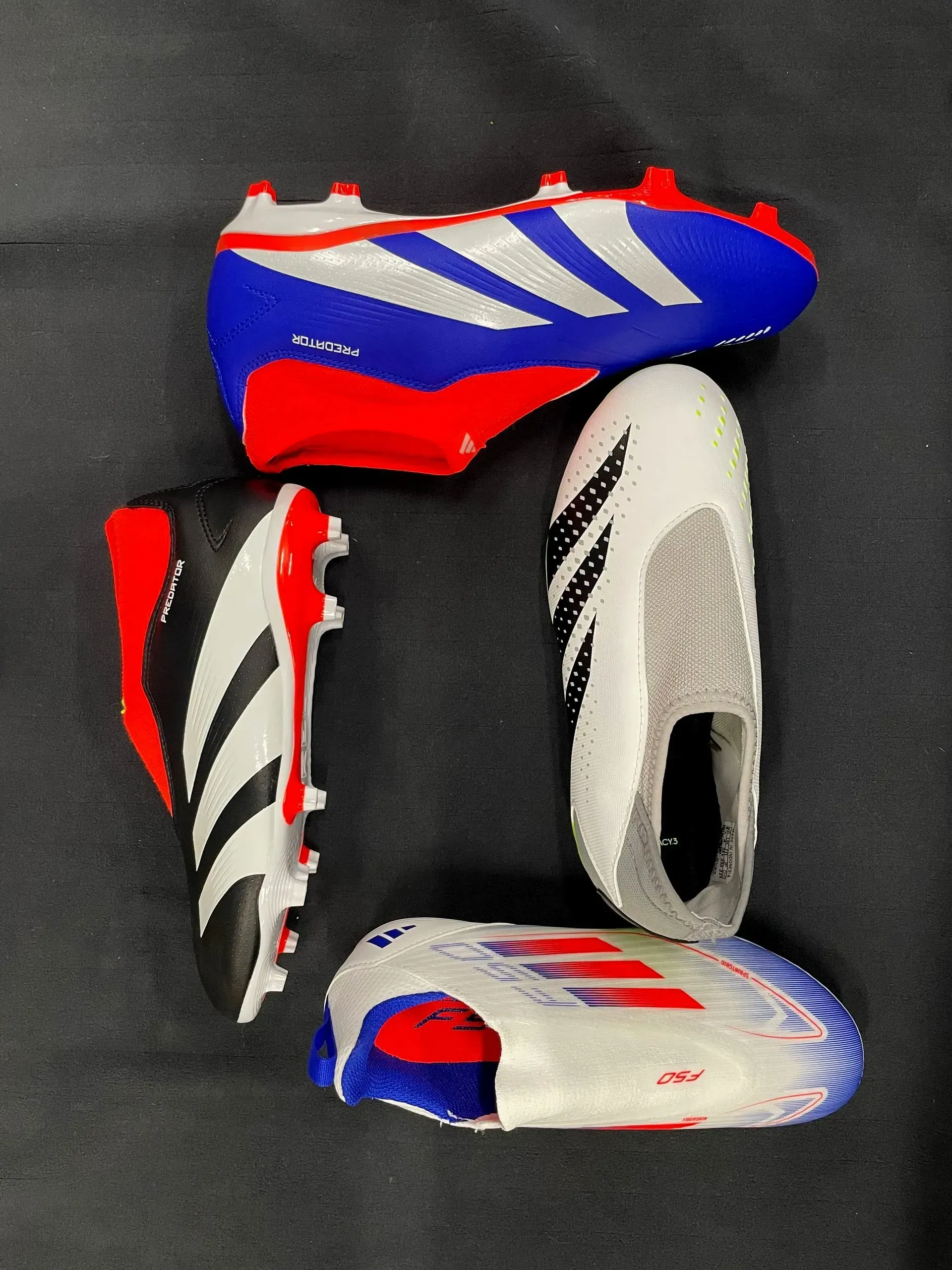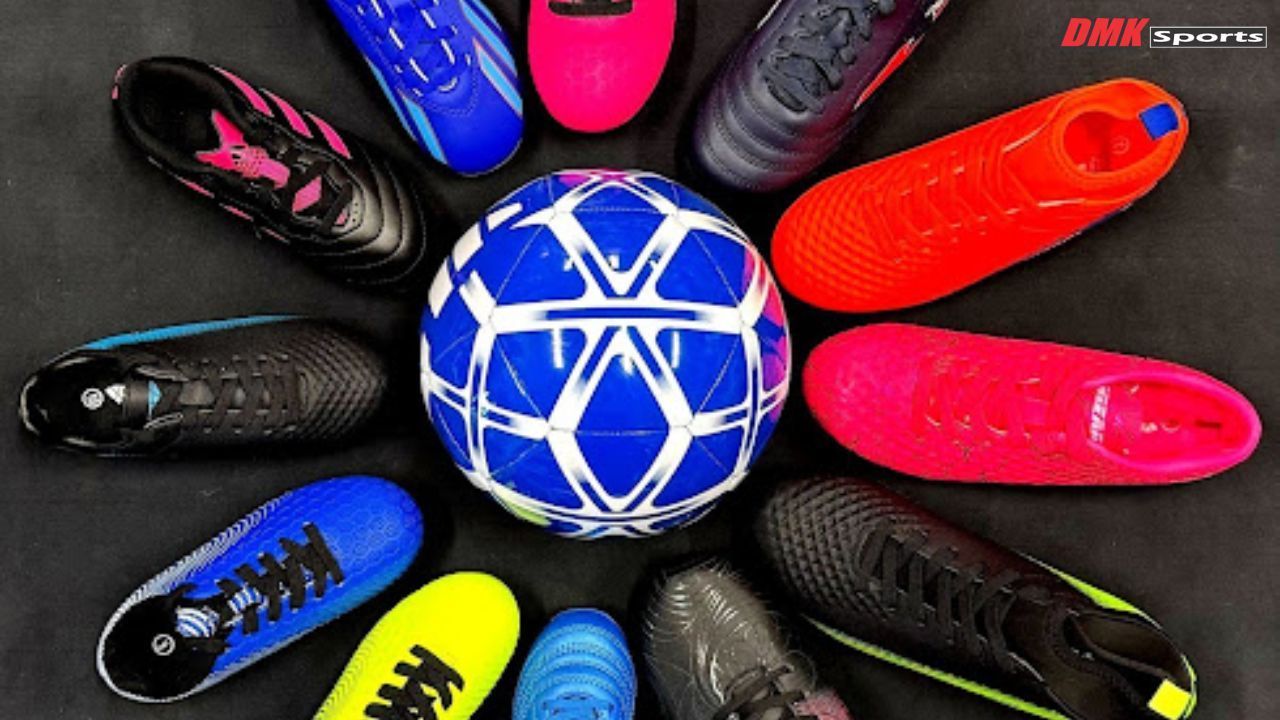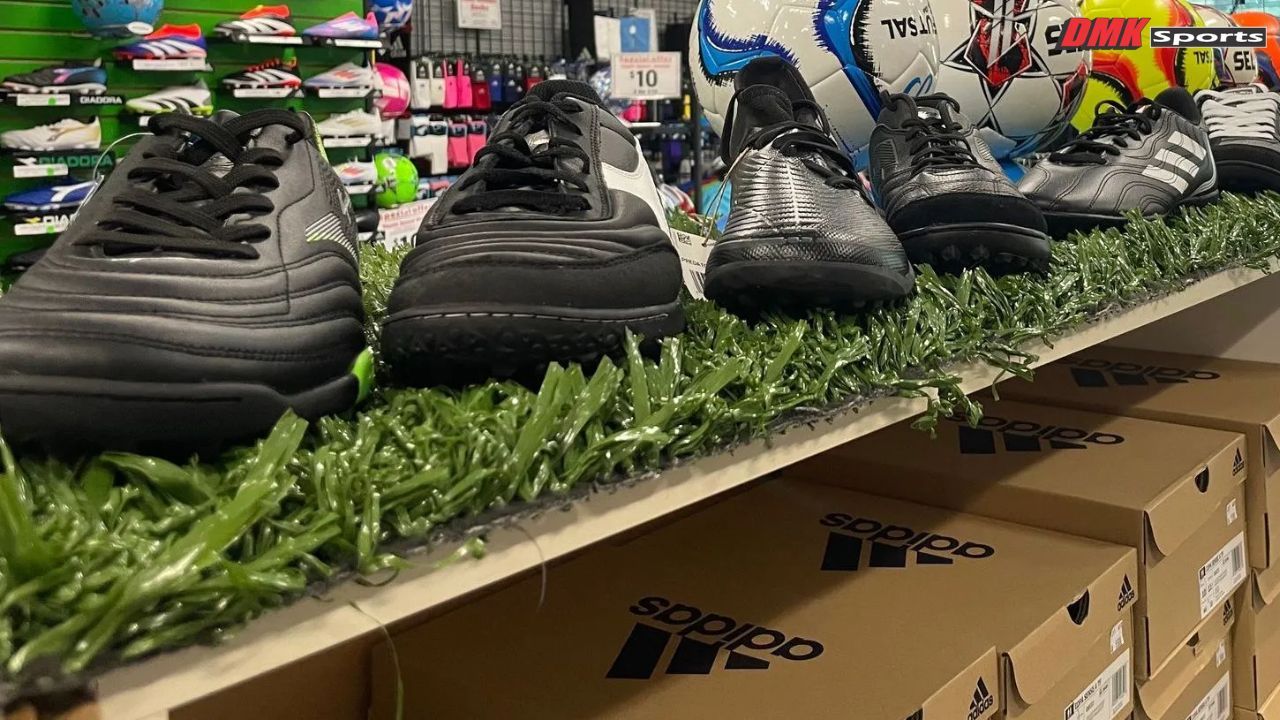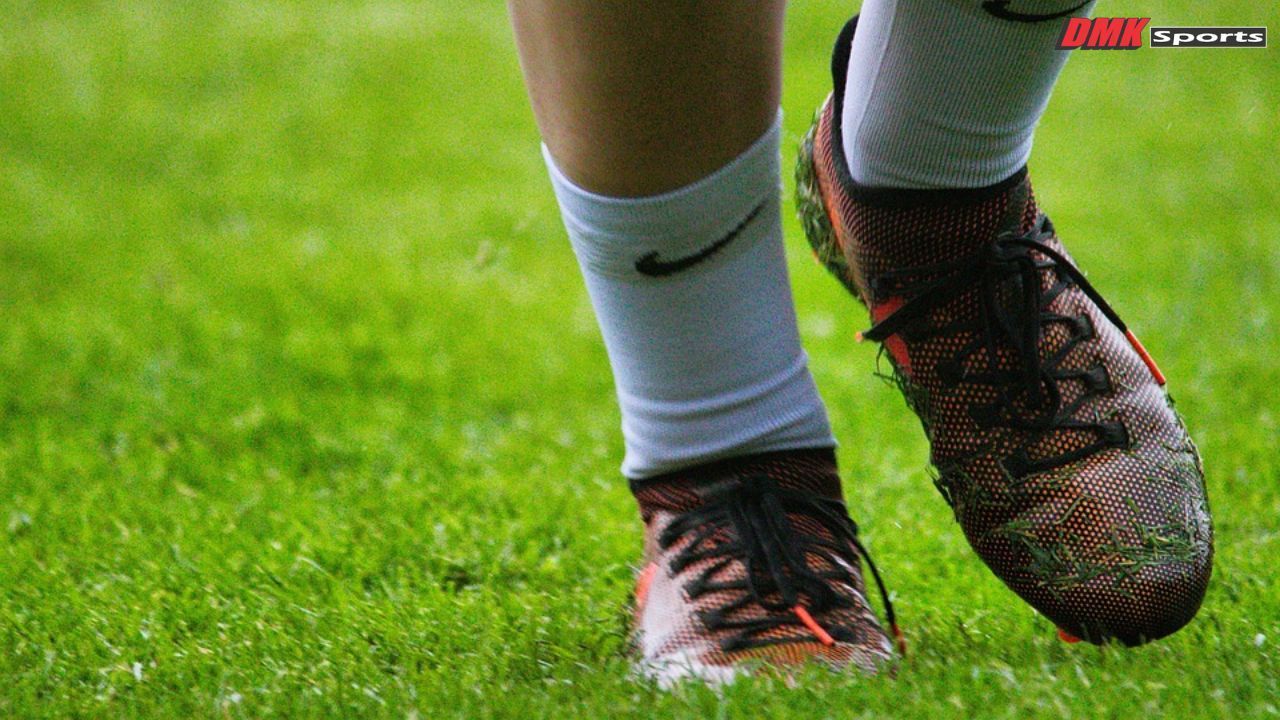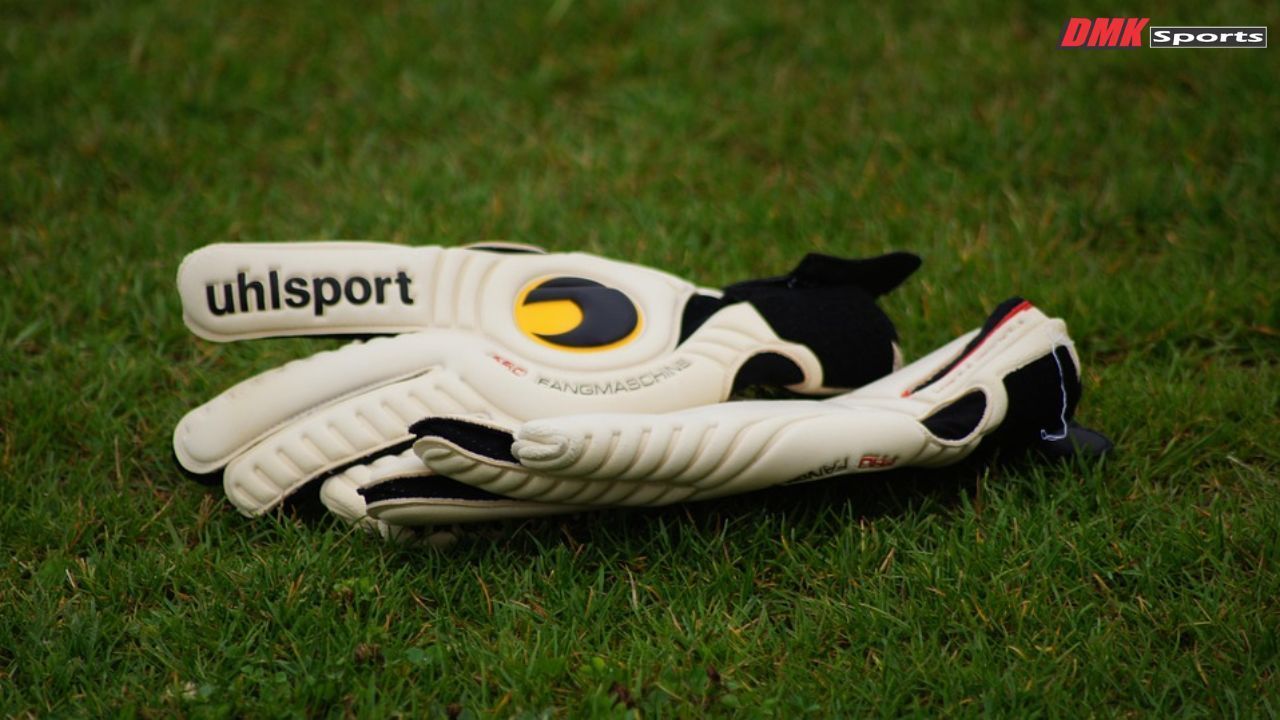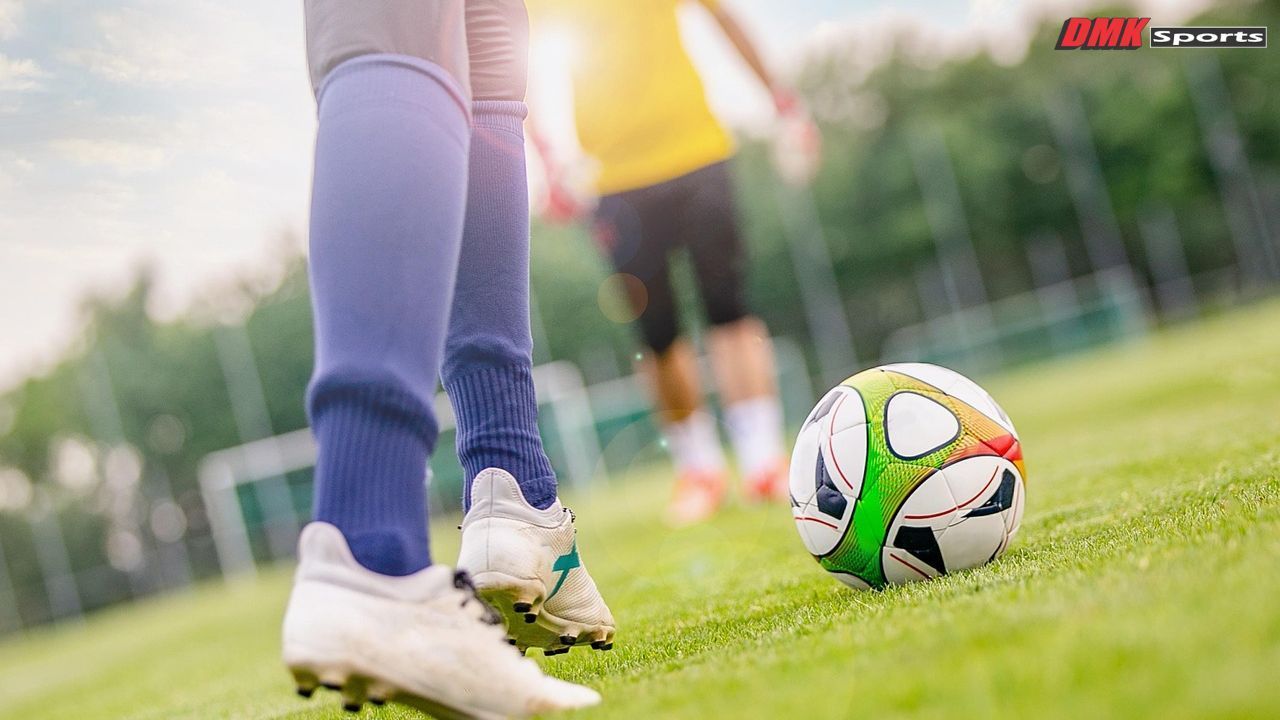Replica vs. Authentic vs. Match Soccer Jerseys: What's the Difference?

Perhaps nothing showcases a soccer fan’s passion as much as a jersey. However, not all are the same. You may have come across different terms like authentic and replica jerseys. But how exactly do they differ? Is one better than the other?
In this blog, we’ll give a detailed comparison between replica vs. authentic jersey. We’ll also compare them with match jerseys. By the end, you’ll know exactly which one you should choose according to your game interest and fan journey.
Authentic vs. Replica Soccer Jersey: Which Is What
Let’s first understand what exactly each type of jersey is.
- An authentic jersey is the jersey worn by soccer players during the matches. These are made out of high-quality materials as they are match-worn jerseys. They are designed to optimize performance on the field.
- A replica jersey is designed for supporters. It uses the designs of the authentic jersey but with materials and technologies tailored for less intense use.
- Match jersey is the jersey which looks the same as those worn by professional players. It is made out of the latest manufacturing technologies. They have ultra-light fabric and a performance-centric fit.
Key Differences Between Replica vs. Authentic Jersey vs. Match Soccer Jersey
1. Jersey’s Cut
- Authentic: One of the main authentic features is that it is more fitted. This is because its designed for professional players. The jersey fits the player’s body perfectly. It offers them the right amount of comfort on the field.
- The replica jersey is wider. Since it's not for the players, the fit isn’t as tight as an authentic jersey. One of the replica benefits as far as the fit is concerned is that it offers more comfort. This jersey is designed to fit all types of bodies. It offers more freedom of movement.
- Match jerseys are more form-fitting than authentic jerseys. The jersey’s cut is body-hugging. So, it is quite similar to what players wear during the matches.
2. The Fabric
- Authentic jerseys are made with top grade fabrics. The jersey quality levels is very high as it is often 100% polyester. The fabric provides better breathability. It also increases performance. Authentic jersey uses a lightweight fabric. This material is great for player comfort during matches.
- Replica jerseys are made from recycled and standard polyester. The fabric is more accessible and comfortable for soccer fans. But it does not have the same technical specs as the fabric of an authentic jersey.
- Match jerseys are created out of the most advanced performance materials. The fabric is ultra-light and stretchable. It is also highly breathable and moisture controlling.
3. Integrated Technologies
- For authentic jerseys, technologies such as climacool or Primegreen are used. These ensure optimal temperature and humidity management. The company logo is heat-sealed. This avoids any contact with the player’s skin. It greatly increases the comfort of the players.
- Replicas also use similar technologies. But the main difference between the technologies of authentic vs replica soccer jerseys is that they are customized according to the fan’s needs. So, unlike authentic jerseys, the technology is not tailored for on-field performance. The company logo is embroidered on the material.
- Match jerseys also leverage the newest innovations. It features advanced ventilation zones. There are bonded seams that lower friction to maintain maximum comfort.
Tips to Choose Between Replica vs. Authentic Jersey vs Match Jerseys

It can be difficult to choose between authentic vs. replica soccer vs match jerseys. Below are some useful tips.
Purpose
Get clear about why you want to buy a jersey. Is it to support your favorite team? If yes, replicas will be the best option. However, if you want a more real experience, choose authentic jerseys.
Budget
Decide on your spending range. One of replica benefits is that they are affordable. Authentic jersey quality levels are quite high. So, they require more investment on your part. Match jerseys are also on the expensive side.
Fit and Comfort
Consider the fit. Authentic jerseys have a tighter fit. Replicas offer a more relaxed fit. To get the best one, try out different options. This will help you determine the best comfort level for yourself.
Personal Connection
Reflect on the connection you feel with the piece. Maybe an authentic jersey reminds you feel closer to your favorite player. If, on the other hand, you are more interested in playing soccer and not as attached to a player, replicas will be the best.
Why Buy Your Jerseys from DMK Sports?
DMK Sports has served the soccer community since 1991. We are popular among soccer enthusiasts throughout Rhode Island, Southeastern Massachusetts, and Eastern Connecticut. Being a true soccer specialty store, we deliver the perfect combination of service, selection, and value.
Family-Friendly, Personalized Service
DMK Sports offers a warm and insightful shopping experience. Whether you're a seasoned player or not, we treat you with genuine care and expertise.
A Clean, Well-Stocked, and Accessible Store
All retail sales are done in person. Our store is just 5 miles from Providence. It is clean, organized, and fully stocked. Thus, you are bound to have an enjoyable experience.
Extensive Selection at Value-Focused Prices
We carry jerseys across all price tiers. However, what we really pride upon is our
value range. DMK Sports offers the affordable to mid-priced options for players and families prefer. Our jerseys fit your budget and your performance needs.
Frequently Asked Questions
Q: Are authentic jerseys superior to replicas?
This is a common question when comparing authentic vs. replica soccer jerseys. The answer is that it depends on your likes and needs. Authentic features superior construction. Replicas, on the other hand, are quite budget-friendly.
Q: How to tell if a football jersey is authentic?
See the product code on the label. Then, search for it online. Look for high-quality stitching and logos. Check the official tags and security features like holograms. Authentic jerseys feature a distinct feel and are more expensive than fakes.
Q: Can I wear an authentic jersey casually?
A: Authentic jerseys are designed for performance. But you can wear them casually, too. However, remember that they are form-fitting and not as relaxed as replicas.
